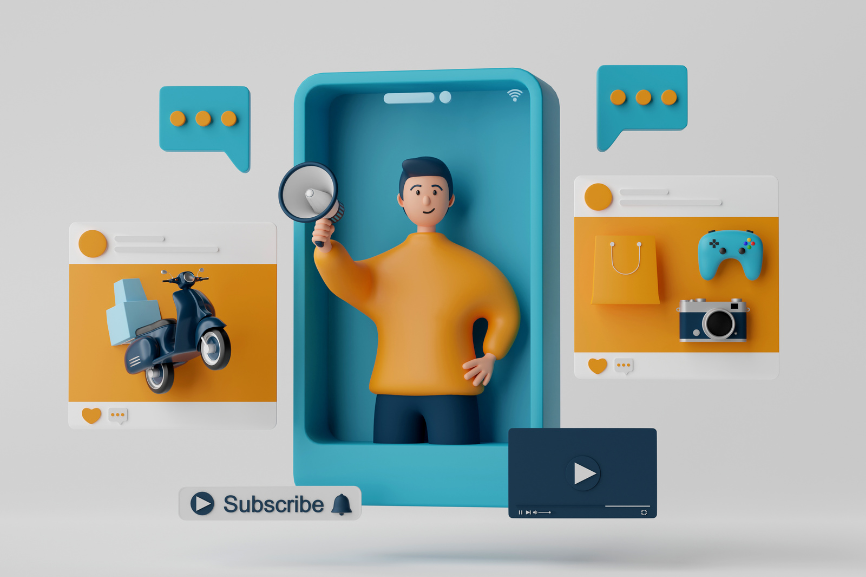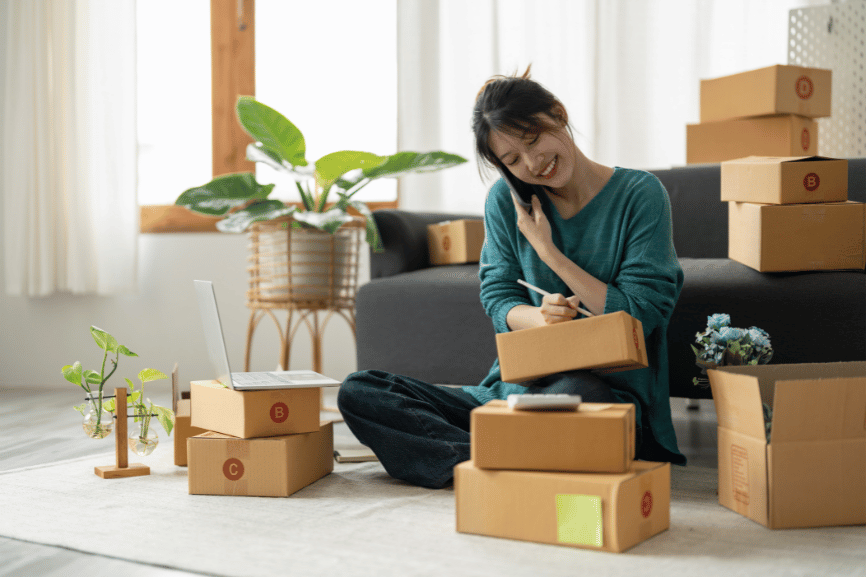How to Drive Traffic to Your E-commerce Store: SEO Strategies That Work
In the ever-expanding landscape of e-commerce, driving consistent and targeted traffic to your online store is essential for success. One of the most effective ways to achieve this is through search engine optimization (SEO). By optimizing your e-commerce store for search engines, you can increase your visibility, attract relevant visitors, and ultimately boost sales. In this article, we’ll explore proven SEO strategies to drive traffic to your e-commerce store. Conduct Comprehensive Keyword Research Keyword research is the foundation of any successful SEO strategy. Identify relevant keywords and phrases that potential customers might use when searching for products similar to yours. Utilize keyword research tools to uncover high-volume, low-competition keywords that align with your offerings. Optimize Product Pages Each product page is an opportunity to rank in search engine results. Optimize product titles, descriptions, and meta tags with relevant keywords. Write unique and compelling descriptions for each product, focusing on their benefits, features, and solutions they provide. Create High-Quality, Engaging Content Incorporate a blog or resources section on your e-commerce site to publish informative, engaging content related to your industry. This content not only showcases your expertise but also provides opportunities to naturally integrate keywords and attract organic traffic. For instance, if you sell fitness equipment, write articles on workout tips, nutrition advice, and wellness trends. Optimize for Mobile Devices A significant portion of online shopping is done on mobile devices. Ensure your e-commerce store is mobile-responsive and provides a seamless browsing and shopping experience across different screen sizes. Google also considers mobile-friendliness as a ranking factor. Implement On-Page SEO Best Practices Utilize on-page SEO techniques such as optimizing images with descriptive alt tags, using internal linking to guide visitors to related products or content, and creating a clear and organized site structure. These practices make it easier for both search engines and users to navigate your store. Leverage User-Generated Content Encourage customers to leave reviews and ratings for products they’ve purchased. User-generated content not only adds credibility to your store but also provides fresh and unique content that can attract search engine traffic. Consider implementing a reviews section on each product page. Optimize for Local SEO If you have a physical store or serve specific regions, optimize for local SEO. Claim your Google My Business listing, provide accurate location information, and encourage customers to leave reviews. This helps local customers find you when searching for products in their vicinity. Focus on Page Speed Page speed is a crucial ranking factor and impacts user experience. Compress images, minimize code, and leverage browser caching to improve loading times. A faster website not only pleases search engines but also reduces bounce rates and keeps visitors engaged. Build High-Quality Backlinks Earning backlinks from reputable and relevant websites can significantly boost your search engine rankings. Create valuable and shareable content that other websites would want to link to. Consider guest posting, influencer collaborations, and reaching out to industry-related blogs for link-building opportunities. Monitor and Analyze Performance Regularly track your website’s performance using tools like Google Analytics and Google Search Console. Analyze metrics such as organic traffic, click-through rates, bounce rates, and conversion rates. Use this data to identify what’s working and where improvements are needed. In conclusion, driving traffic to your e-commerce store through SEO requires a strategic and consistent approach. By conducting thorough keyword research, optimising product pages, creating engaging content, and focusing on technical aspects like mobile-friendliness and page speed, you can enhance your store’s visibility in search engine results. Remember that SEO is an ongoing process, and staying updated with industry trends and algorithm changes is essential for long-term success.
How to Drive Traffic to Your E-commerce Store: SEO Strategies That Work Read More »









